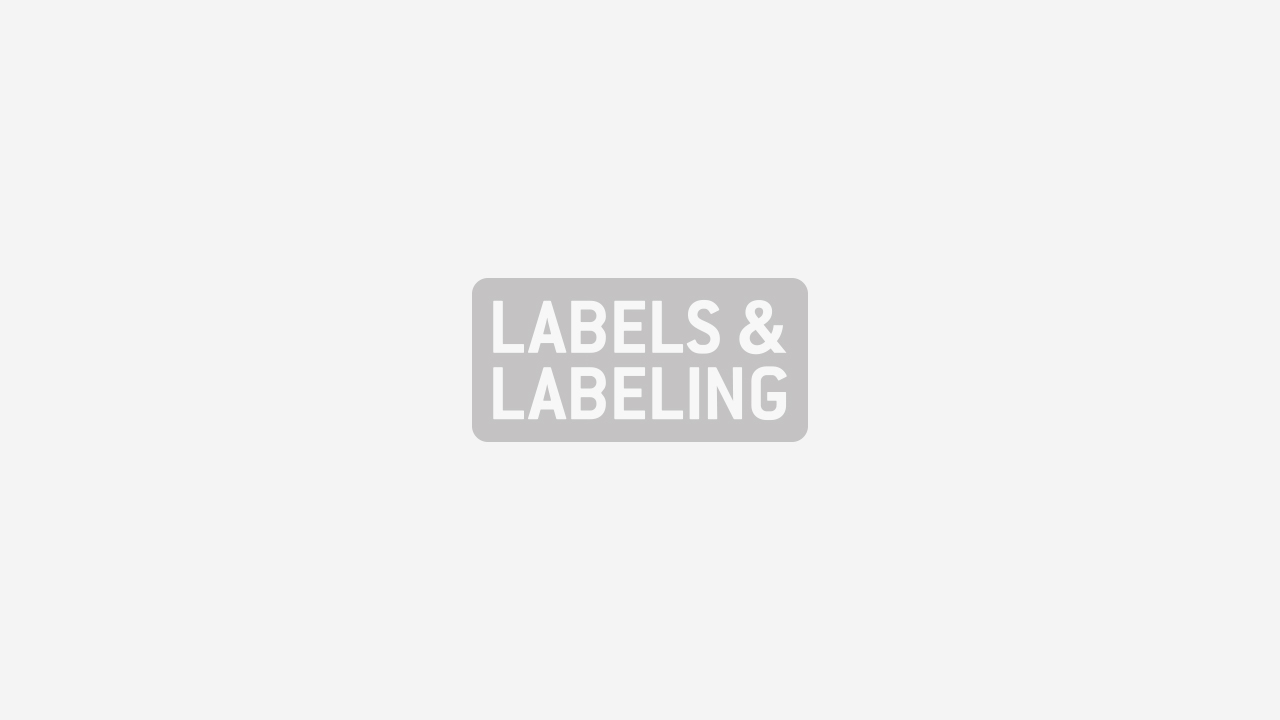‘A more proactive approach to print required’, says Trelleborg

The printing industry is not always taking a pro-active approach when it comes to improving quality control or downtime in their everyday printing operations, according to a recent market survey commissioned by Trelleborg Printing Solutions.
The report, which was conducted among some 100 senior figures in the printing industry across the UK and US, revealed that while over 80 percent of respondents believe that the issue of downtime is either vital or significantly important in respect of their printing operations, one in five respondents took no steps to try and reduce consumable downtime over the last year. The same number also took no preventative action to improve consumable related downtime.
Thomas Linkenheil, managing director at Trelleborg Printing Solutions, said: ‘It was encouraging to see that both quality control and productivity were ranked more important than cost, which would indicate that the industry claims to be convinced by the merits of lifetime performance over cost. However, by not pro-actively investing in improving their printing operations, a large portion of the industry is still missing a trick.
‘Investment in facilities and technology to maximize productivity and efficiency is essential for growth, whether this is concerned with high quality equipment and consumables, training of staff or the implementation of MIS/automated workflows. Unfortunately, those printers who are unable to commit to this principle are missing important improvement possibilities.
‘It’s perfectly understandable that in difficult times, companies look to cut costs, but this mindset can prevent them from improving profitability over the longer term. In times of hardship, those companies making the necessary changes to processes and operations by investing time and money to maximize productivity will ultimately prevail.’
Furthermore, according to the report nearly a quarter of all respondents claimed that their unplanned downtime was related to consumables. However, when it came to printing blankets specification, an area which can have a significant impact on the overall efficiency of a print run, over two thirds of respondents admitted that they only specified one printing blanket for all print applications.
‘It was disappointing for us that only 11 percent of survey respondents specify different printing blankets for different print jobs,’ continued Linkenheil. ‘In the specification of printing blankets, it is clear that better information/more evidence needs to be provided to demonstrate to the market that a “one size fits all” approach doesn’t always work. The potential for improvement by choosing the right blanket for the application is enormous.
‘Printing blankets have an important role in the quality and efficiency of printing and the blanket composition, compressibility and surface characteristics directly affect the printing process. Ensuring the highest quality results, along with reduced operating costs, can only be achieved by using the right blanket for the job and the press.
‘Developing new versions of printing blankets involves significant R&D investment and time, but as a leading manufacturer we produce a large range because we understand it is only by matching a specifically designed solution to a particular requirement that a printer can achieve maximum efficiency.’
The Printing Insight Report drew from interviews conducted with print professionals, including owners, managing directors, production directors and pressroom managers involved in a range of different sectors, from sheetfed commercial litho and digital, to newspapers and packaging.
Stay up to date
Subscribe to the free Label News newsletter and receive the latest content every week. We'll never share your email address.

